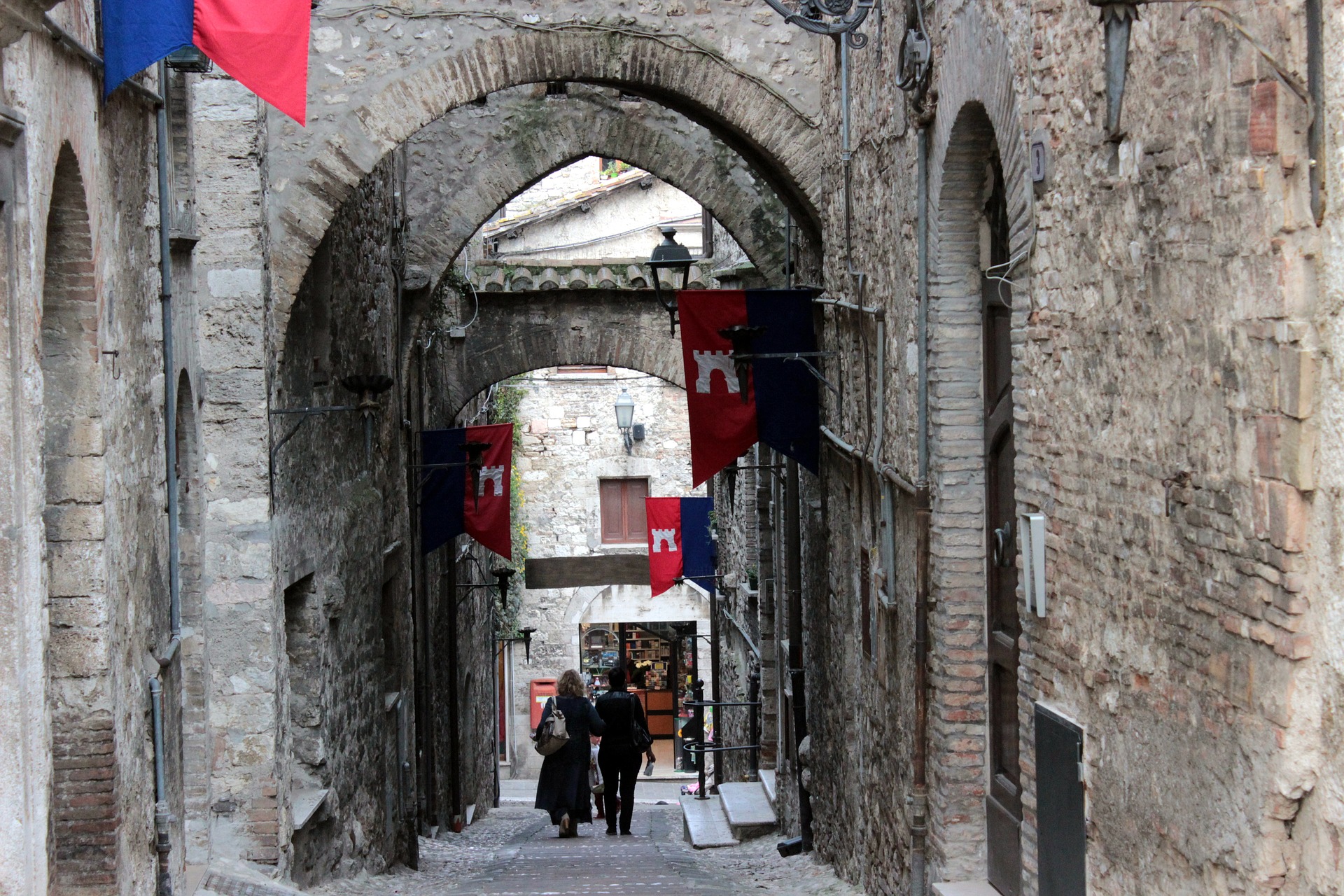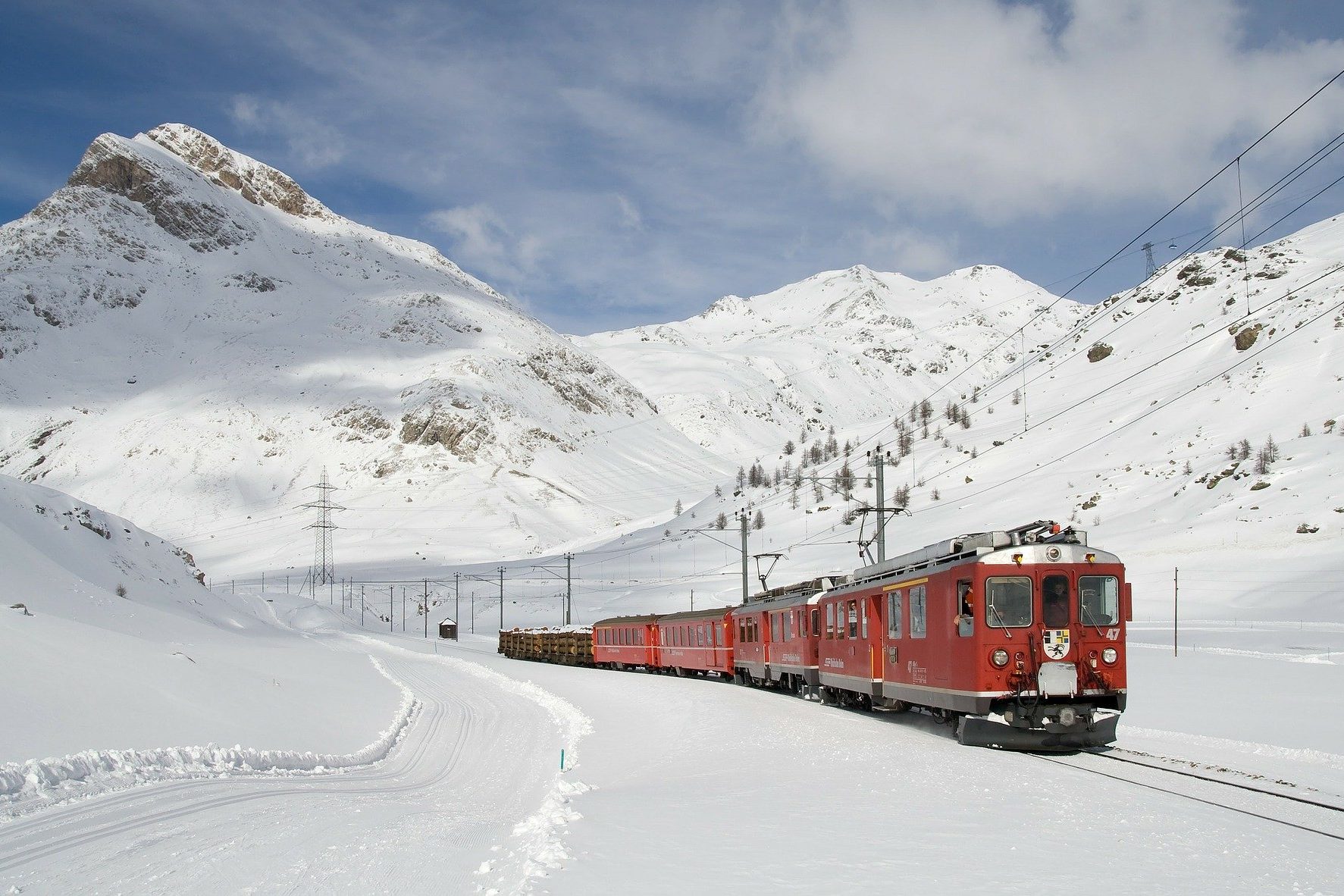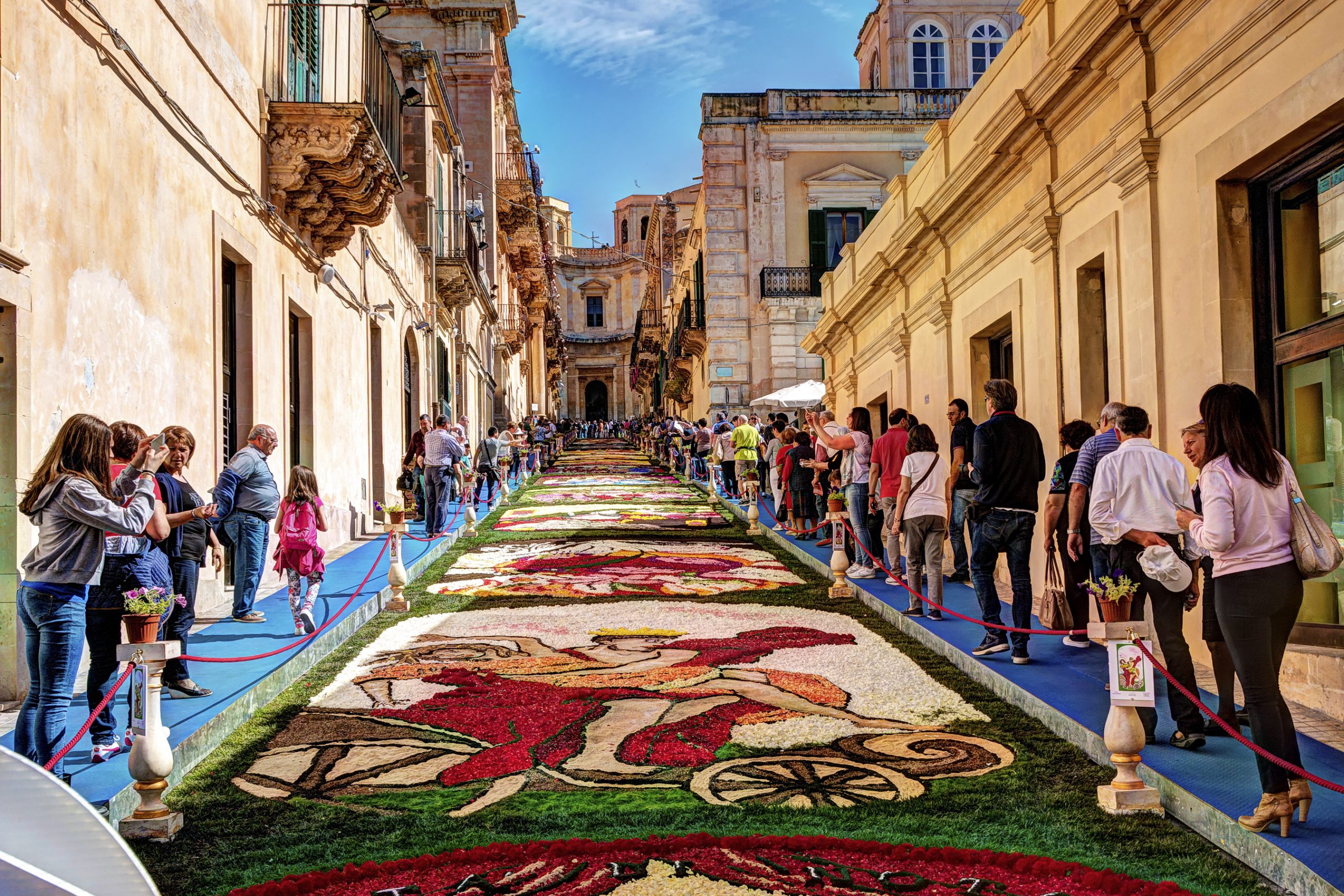The Corsa all’anello, or Ring Race, will bring a taste of Medieval flair to Narni, Umbria at the annual festival in honor of Saint Juvenal (San Giovenale) held April 25 to May 10.
The Corsa is a reenactment of the ring race tradition of the 14th century. During the first weekend of the festival (last weekend of April), officials will read the traditional banno, an announcement calling village knights to the race. Local cathedrals will offer candles as people pay homage to San Giovenale in the night parade. They bring the candles to the tomb of Saint Juvenal at the end of the parade.
During the second weekend of the festival, the ring race will be accompanied by the feast of the Patron saint and a morning Mass. The race will occur in the “Platea Major” (major stalls) in Piazza dei Priori. Knights armed with elongated poles, or lances, will attempt to pierce the silver ring hanging between two ropes. The grand feast dedicated to the Patron Saint traditionally occurs on May 3.
San Giovenale was a martyr who died around 370. Often pictured with a sword in his mouth or a chalice in his hands he was the first bishop of Narni. Of African descent and ordained by Pope Damascus, he is said to have saved Narni from a Sarmaritan and Ligurian invasion. He was buried in the Porta Superiore on Via Flaminia.
During the last weekend of the festival, there is a historic parade along the city streets in which 600 costumed people dressed as counts, nobles, and knights participate. The ring race is shown again, but only the three historical neighborhoods compete. These terzieri are Mezule, Fra Porta, and Santa Maria. They compete in the campo de li giochi (playground) in the current San Girolamo stadium to test their skill and speed.
While the first race was a speed competition for the horses, this one requires the riders to insert the long pole into the silver ring while riding at full speed. This race occurs on the main square Platea Major, now called Piazza dei Priori. The first rider often makes the other ring fall so that the next rider will be unable to reach it. In Medieval times, every young Narni horse owner was called to the races to test his “military” readiness for defending the city. The race is lit with torches, to allow all to see as if they were Medieval spectators.
Each terziere has a distinct identity and appearance. The small streets of the Mezule terziere lead to la Rocca, the remarkable 14th century Papal palace. The Fra Porta terziere hosts the historical city center (centro storico), which has a main piazza with a medieval city hall and the 13th century Cattedrale di San Giovenale. The Santa Maria terziere contains the Romanesque Santa Maria Impensole Church. All of the terziere have stables in which horse riders prepare year-long for the Corsa all’Anello. The months leading up to the race are the most intense.
The costumes that people wear are designed to emulate the medieval style of each social class based on medieval manuscripts and images. The brocades, wool, damask, and silk demonstrate the authenticity of this historic event. The city’s streets and squares are decorated with flags and torches, and taverns and bakeries provide local cuisine and quality wine.
The old Umbrian town was conquered by Rome in 299 B. C. and later became a commune called Narnia. The town has many Medieval features with its small squares, towers, narrow streets, and tall arches. It even has a castle built in 1367 for Cardinal Albornoz. The smells, the sounds, and the colors of the festival bring visitors back in time. There are men walking with old-fashioned drums and holding medieval flags throughout the parades, and big crowds gather in stadium seating to watch the festivities unfold.
Other medieval themed events throughout the festival include a medieval cooking contest, a show market, and an Instagram photo contest using the hashtag #narniacuccagna.
Travel in time and follow the Corsa all’Anello right in the center of Italy!






























